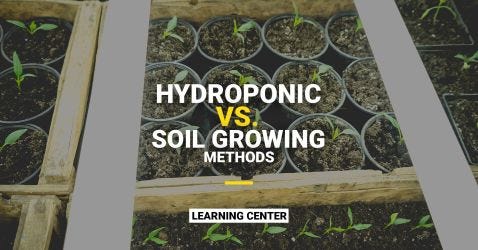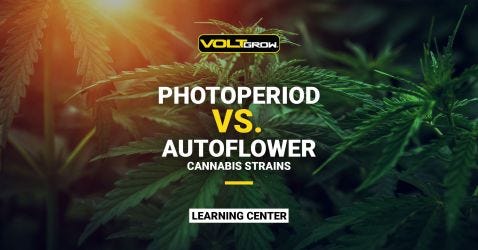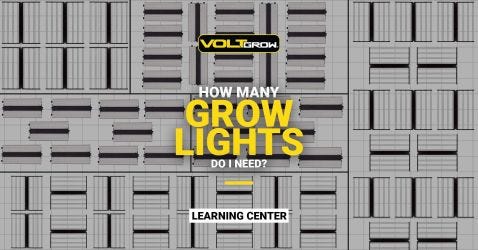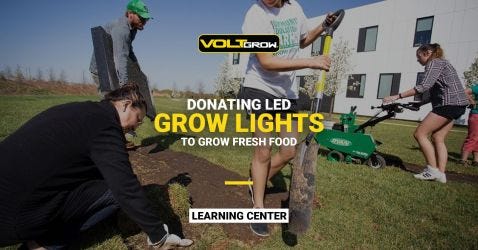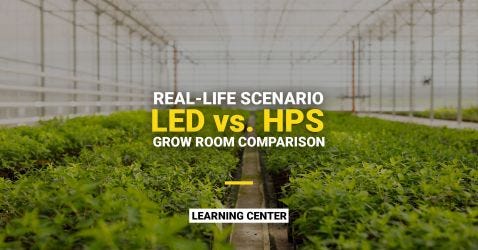With the rise of states legalizing medicinal and recreational use, the indoor horticulture industry has been booming. This is great for the indoor horticulture industry but has put immense strain on electric grids. Controlled environmental horticulture (CEH) is a very energy-intensive operation since these facilities artificially replicate the natural environment that is ideal to grow crops. This includes regulating the humidity, temperature, water, nutrients, and most relevantly— light.
Specifically, the state of California has recognized the large increase in the number of CEH facilities, and consequently the increasing energy demands. This is straining electric grids and using up massive amounts of sometimes scarce electricity. To combat this issue, The California Energy Commission has proposed codes that will regulate the energy efficiency of CEH buildings that would take effect in 2022. (View full proposal here)
This would include implementing a mandatory requirement for indoor growing facilities with more than 1,000ft2 of the canopy, in short, only using LEDs. Here is the reasoning behind it: energy efficiency. Photosynthetic photon efficacy (PPE) measures how effectively a light converts electricity into light that can be used by plants for photosynthesis. Horticulture grow lights with a higher PPE operate more efficiently and are able to produce more useable light using less electricity. The new mandate would require the lights in cultivations to have a minimum PPE of 2.1 µmol/J. HPS fixtures do not meet this requirement, only having an average PPE of 0.94-1.8. Hence, this proposal would functionally require all cultivation facilities to use LED grow lights, as they are one of the only fixture types capable of meeting their efficiency requirements. For example, VOLT Grow®’s LED grow lights have a PPE of 2.8, surpassing the minimum requirement by a landslide.

While some growers might see this implementation as a problem for the indoor horticulture industry, it is actually a great long-term economic opportunity for cultivators. Many people still believe in the outdated, negative stigma surrounding horticulture LED grow lights and how they are inferior to HPS and CMH lights. The first generation of LED grow lights couldn’t match the light output of their HPS and CMH counterparts, were far more expensive, and many could only produce red and blue light spectrums giving them the nickname “smurf lights”. Since then, LEDs have gotten cheaper, brighter, and can create a spectrum of light that is perfectly tailored for plant growth. The 720W VOLT Grow® FL-1 for example has a light output that actually surpasses that of a 1000W DE HPS light.
Performance reasons alone have caused many indoor growers to switch over and buy LED grow lights in recent years. LED grow lights use far less energy to produce higher light output and create much less heat than traditional light sources, which significantly lowers operating costs. The production of less heat also allows the lights to hang much closer to the canopy (as close as 6 inches), which reduces light spillage and allows for multi-level grow operations. Lastly, LEDs’ life expectancy can last up to 50,000 hours, which means they can have close to 10 years of use with minimal drop-off in light output. For comparison, the lamps used in HPS grow lights are typically swapped after 8-12 months of use and can cost over $100 per year to maintain.
Just how California was ahead of the trend in legalizing, they are also in front of the curve in standardizing LEDs. Regardless of how long, LEDs are the technology of the future, so get ahead of the game now with VOLT Grow®.


